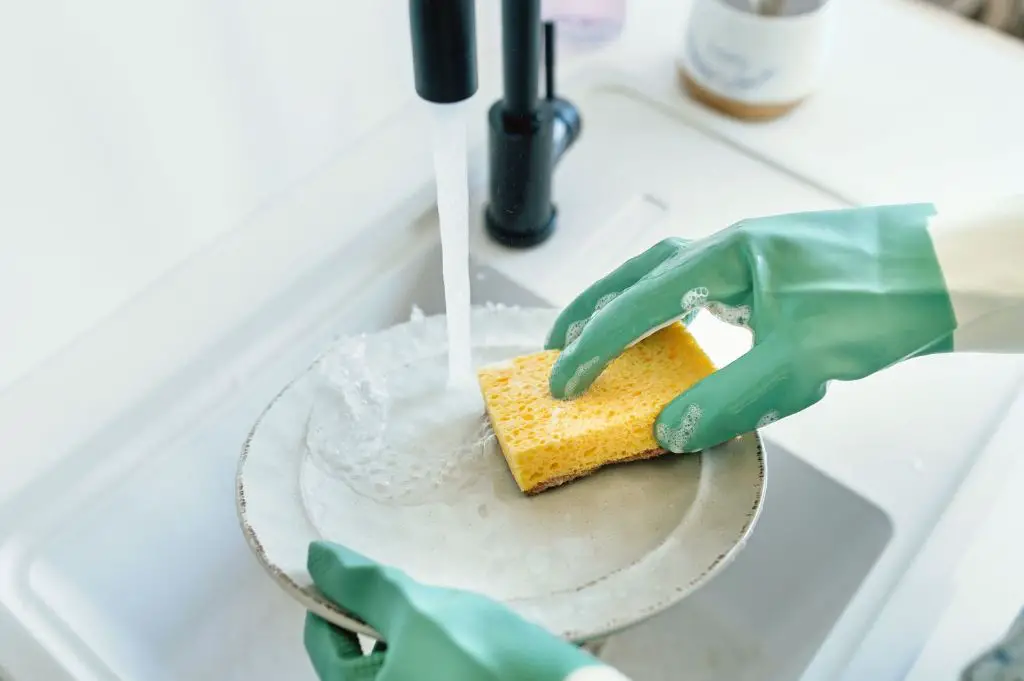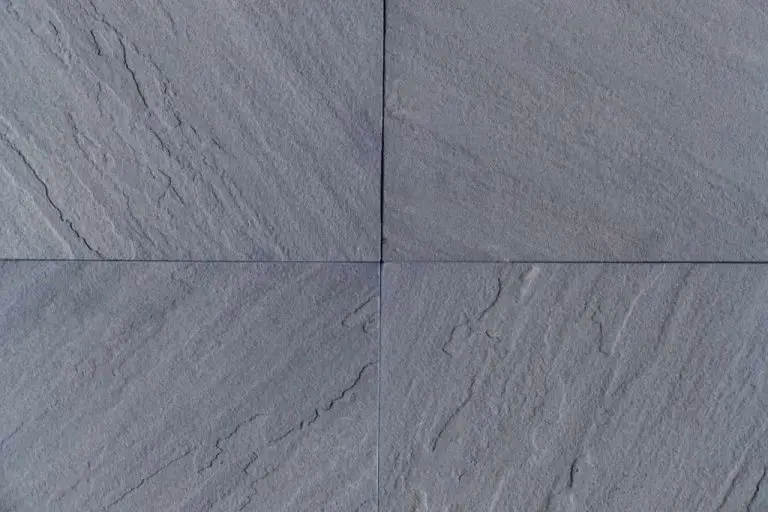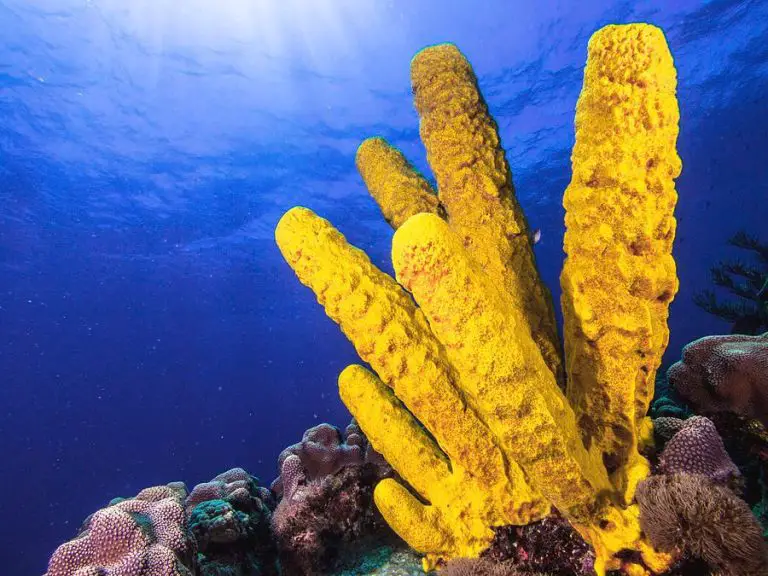What Is The Yellow Sponge Used For?
The yellow sponge, known scientifically as Aplysina fistularis, has a long history dating back to ancient times. This unique sea sponge was first described back in 1759 by the Swedish naturalist Carl Linnaeus (Citation needed). The yellow sponge stands out for its bright yellow or golden color and unusual tube-like shape, resembling slim cylinders or tubes (Citation needed). Unlike most other sponges, the tubes of the yellow sponge remain upright rather than lying flat on the seafloor. These interesting characteristics have long captivated human observers.
Yellow sponges are also notable for containing high levels of chemical compounds known as bromotyrosines, which are not found in such concentrations in other marine organisms. These natural products give the yellow sponge some of its bright color and also have potential antimicrobial properties to protect the sponge. Overall, the yellow sponge combines visual beauty with a uniquely adapted biology suited to its tropical reef environment.
Appearance and Texture
The yellow sponge (Spongia officinalis) is known for its bright golden yellow color and soft, porous texture [1]. It has an irregular shape that resembles a ball with multiple lobes and curved surfaces that form holes and crevices throughout the sponge. The size can vary greatly, with larger sponges reaching up to 1 ft (30 cm) in diameter.
The surface has a velvety, elastic feel. When wet, the sponge becomes very soft and flexible but returns to its original shape when dried out. The interior skeleton is composed of spongin fibers that provide structural support. The porous texture arises from the spaces between the spongin fibers that allow water to easily flow through the sponge.
Natural Habitat
Yellow tube sponges are commonly found in the tropical western Atlantic Ocean, including the Caribbean Sea and Gulf of Mexico. Their range extends from Florida and Bermuda down to Brazil, inhabiting coral reefs and rocky areas at depths of 10-100 feet (https://oceana.org/marine-life/yellow-tube-sponge/).
This sponge species thrives on coral reefs and rocks in warmer shallow waters. They are able to grow on both vertical and horizontal surfaces. Yellow tube sponges contain symbiotic photosynthetic bacteria, so they prefer brightly lit areas where sunlight can penetrate the water (https://wiseoceans.com/creature-feature-friday-yellow-tube-sponge/). This allows them to supplement their filter feeding with additional energy sources.
Yellow tube sponges are found in areas with clear, clean water that have relatively little sedimentation. They require sufficient water flow to supply food particles and oxygen. Their bright yellow color acts as camouflage against the coral reef environments where they live.
Commercial Harvesting
Yellow sponges are commercially harvested by divers who use specially designed cutting hooks or knives to remove them from the sea floor. The sponges are cut off carefully, leaving enough of the base attached so that the sponge can regenerate over time (Source).
This method of harvesting by cutting is considered more sustainable than tearing the whole sponge off the sea floor, which can damage the sponge and prevent it from growing back. The cutting method strengthens the remaining sponge base and allows it to regrow more quickly (Source). Care is taken not to overharvest areas and to monitor regrowth rates, supporting ecological balance.
Sustainability practices such as rotating harvest areas, allowing adequate regrowth periods between harvests, and cutting sponges instead of tearing them all support maintaining healthy sponge populations while still allowing commercial harvest.
Culinary Uses
The yellow sponge is commonly used in baking due to its ability to absorb liquids and provide a light, airy texture to cakes, cookies, and other baked goods. According to the Simple Yellow Sponge Cake Recipe on letthebakingbegin.com, the yellow sponge’s absorbency makes it an ideal leavening agent for sponge cakes, helping them to rise evenly and develop a uniform crumb.1

When used in baking, the sponge cake can soak up moisture from eggs, oil, and other wet ingredients, while trapping air bubbles that expand during cooking. This gives the finished cake a characteristic soft, springy texture. Sponge cakes are prized for being light yet moist. The absorbency and air pockets create a tender, fluffy crumb.
The sanitizing properties of the yellow sponge also make it useful for cleaning cooking surfaces. Its abrasive texture can scrub away dried, caked-on messes without scratching delicate materials like ceramic, glass, and metal. The sponge can then be rinsed or sterilized between uses to eliminate bacteria. This absorbency and scrubbing ability suits it for a range of culinary applications.
Other Household Uses
Yellow sponges are commonly used for general cleaning tasks around the home due to their absorbency, durability, and texture. They work well for cleaning bathrooms, scrubbing sinks, tiles, bathtubs and showers (https://www.naturalbathbody.com/yellow-sponge.html). The rough and abrasive surface of yellow sponges makes them effective for scrubbing soap scum, hard water stains, and other sticky grime. They can also be used to clean walls, baseboards, and furniture. The abrasiveness helps remove dirt, grease marks, and grime from wood, leather, and other surfaces without scratching them.
Compared to soft sponges, the coarse and rigid texture of yellow sponges allows them to be used for scrubbing tough messes. They are durable enough to be used with cleaning solutions and chemicals without falling apart quickly. The sponges can also help scour stubborn stains off appliances, outdoor furniture, grills, and other household items. Their water absorption properties come in handy for tasks like wiping down wet surfaces. Overall, the versatility and cleaning power of yellow sponges make them a useful tool for general household cleaning duties (https://spongeorama.com/shop/yellow-sea-sponges/).
Industrial Applications
The yellow sponge has various industrial applications due to its unique structure and properties. It is commonly used as a filtration medium, particularly for industrial wastewater treatment. The sponge’s porous structure allows it to effectively filter out contaminants and particles from water while allowing clean water to pass through (https://swish.ca/3m-abrasive-cellulose-sponge-yellow).
In addition, yellow sponges are used as insulation and soundproofing material in some industries. Their natural acoustic dampening abilities make them well-suited for reducing noise in factories and industrial facilities. Sponges can be used alone or combined with other materials for custom insulation solutions (https://acmespongeonline.com/catalog/the-natural-yellow-sea-sponge-y-6070c/).
The sponge’s absorbency is also taken advantage of for cleaning up spills and soaking up liquids in industrial settings. Its abrasiveness helps remove stubborn debris and stains during heavy duty industrial cleaning. Overall, the yellow sponge’s versatility enables diverse applications across many industries.
Art and Crafts
The yellow sponge is a popular medium for art and craft projects due to its bright color and unique, porous texture. Artists use actual sea sponges as well as sponge-textured materials to create paintings, prints, and sculptures.
For example, the yellow sponge’s texture makes an interesting stamp for printmaking projects. By dipping the natural sea sponge into paint or ink and pressing onto paper or fabric, artists can create organic, irregular patterns. The sponge’s tiny pores absorb the paint or ink, transferring a textured imprint onto the surface. This Rebubble article showcases yellow sponge art prints for sale.
Sculptors also incorporate actual yellow sponges into mixed media works, allowing the sponge to add visual interest and dimension. The spongy texture creates an appealing contrast against smooth or hard surfaces. As seen in this Inprnt post, artists use the yellow sponge as a focal point in contemporary sculpture and wall art.
Beyond fine art, crafters often use synthetic yellow sponges for decorating household items and children’s crafts. The sponge’s bright color and porous surface make it fun for stamping patterns onto t-shirts, invitation cards, gift bags, and more.
Ecological Role
Yellow tube sponges are an important part of the coral reef ecosystem. As filter feeders, they help to keep the water clean by filtering out plankton and particles from the water column (Oceana, https://oceana.org/marine-life/yellow-tube-sponge/). Their bodies provide a habitat for many small invertebrates and fish, who find shelter and protection within the tubes and branches of the sponge.
Sponges also play a role in reef construction, using the calcium carbonate spicules in their tissues to build and reinforce the reef structure (MarineBio, https://www.marinebio.org/creatures/marine-invertebrates/sponges/). As ecosystem engineers, sponges modify the physical reef environment in ways that benefit other species. Overall, yellow tube sponges are a vital part of the interconnected web of life on coral reefs.
Conclusion
In summary, the yellow tube sponge plays an important ecological role in coral reef environments. As a filter feeder, it helps to keep the water clean and remove excess nutrients. The sponge provides a habitat and shelter for many small invertebrates and is an important part of the reef food chain. While not widely consumed by humans, yellow tube sponges produce bioactive compounds that may have medicinal benefits. Their bright yellow color makes them an attractive sight for snorkelers and divers exploring the reef. Conservation efforts to protect coral reef ecosystems will help ensure the yellow tube sponge continues to thrive.



